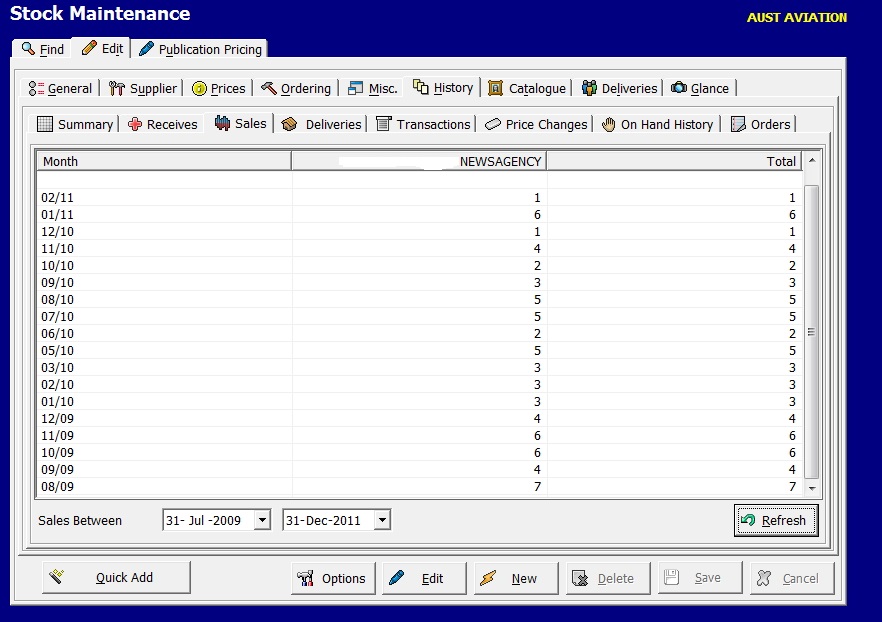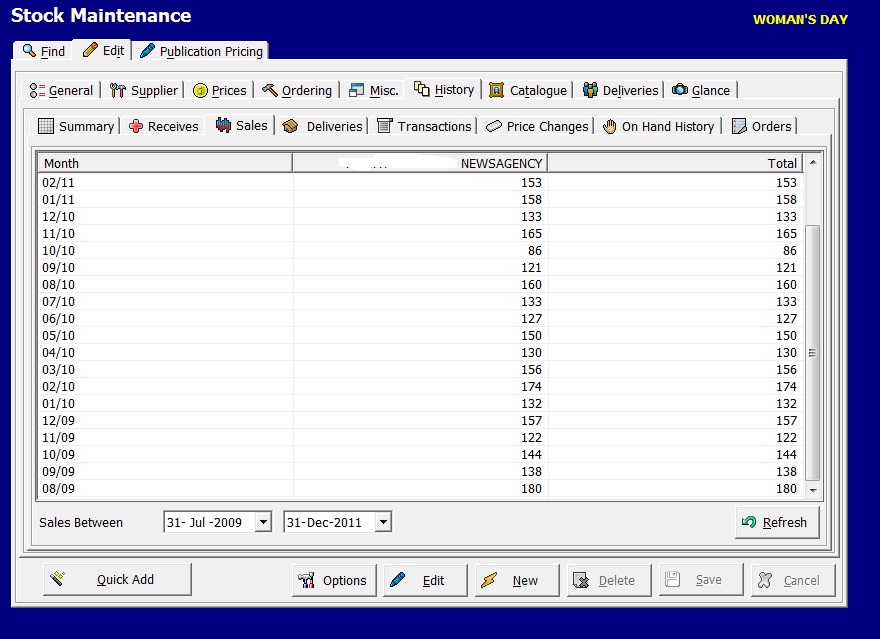There seems to be a fair amount of interest recently with the problem of magazine returns at least there has been with our clients about how bad the current situation is coupled with dissatisfaction with XChangeIT, which was promised to be the solution or the partial solution for the problem.
Much although not all are in my view unfair. XChangeIT in my view was oversold by people who had a vested interest like ANF and the magazine companies as they own part of it pushed the product, although, frankly, they had little idea of what it could do. Probably the best thing to happen to XChangeIT was hiring a consultant Kim Prince who I personally worked closely with which got some realism going. I was quite sorry to see him go which I thought was a big blow to XChangeIT.
There are big problems have nothing to do with XChangeIT or the lack of use of the sales' data.
The first point is that the magazine distributor do not see the situation the same as a newsagent. What a magazine distributor needs you to do is sell is as many magazines as possible. If they gave you two, and you sold two, that worried them as maybe if they gave you three, you could have sold another one. What they consider a perfect score is that you return one of each magazine issued. That shows them that you sold as many as you could. They also want to see that with your subagent supplies which causes problems to delivery newsagents who supply subagents because to be able to do this, the delivery newsagents need to bump up his returns from each subagent.
Now what that means when I load up AD-HOC reporting in posbrowser for a year supply say of GG, check out what one extra in sales would do, I get this by quantity.
Received 33484
Sold 16060
Oversupply = (33484-16060)/16060 = 108.5%
Ideally, what they would like you to get is 24140, sold plus one extra per issue.
Oversupply here = (24140-16060)/16060= 50.3%
Based on this we can tell that they have plenty of room for improvement but the reality is that about half the oversupply is inevitable.
The next problem is that magazine distributors generally charge storage, freight and handling expenses, charges and fees to magazine companies. That is how they get paid.
They as such I would say they have here a vested interest in pushing magazines distribution not sales. If say they calculate they need 20,000 copies and in the warehouse, they have 15,000. Someone has to be cutbacks. If alternately in the warehouse they have 25,000 copies, well they need to move them out of the warehouse which means you get too many magazines.
The last problem is the reality that it is very hard to predict sales. Even with the best-effort try calculating the number of magazines will sell this week in your shop. Here are some magazines to try your luck within one shop.



With the number of titles you get, it is impossible to determine plus as one analysist told me if a royal Prince gets the flu, and a popular magazine has an article on flu; you can get a sales bump. Who knows when this Prince will get the flu and if it will be told to Australian consumers?
There is little that can be done about all of this.






